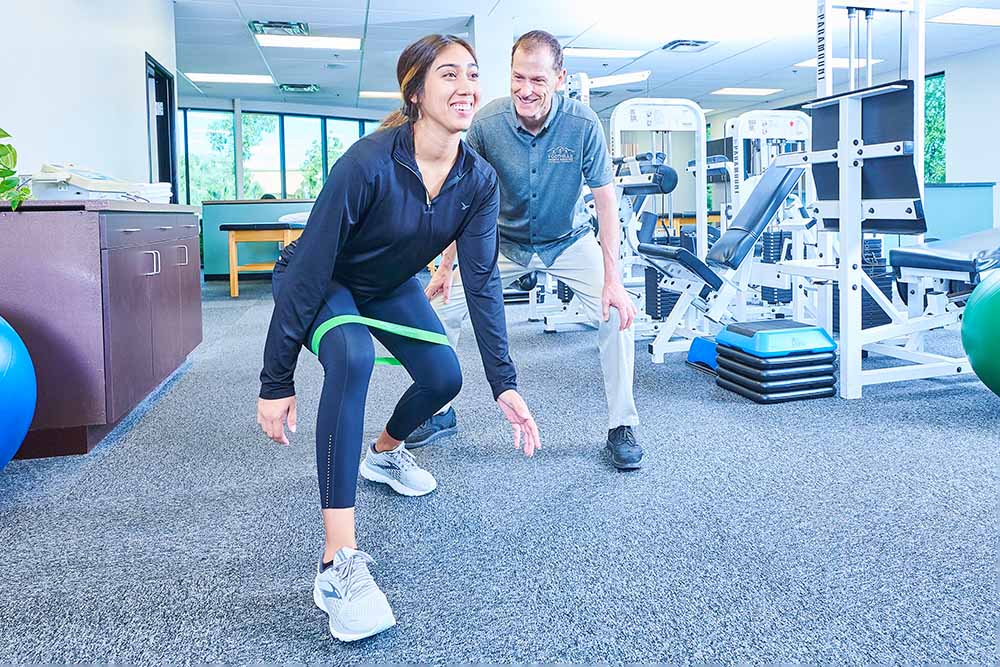Improving Efficiency and Reducing Harm Risk via Thorough Assessment of Equilibrium and Stability through Functional Movement Assessment.
Improving Efficiency and Reducing Harm Risk via Thorough Assessment of Equilibrium and Stability through Functional Movement Assessment.
Blog Article
Equilibrium and stability are crucial components of physical fitness and overall health. They play a vital part in everyday tasks, sports performance, and harm avoidance. When an individual has good balance and stability, they are not as prone to trip or incur injuries during bodily exercises. One efficient way to evaluate these attributes is through Practical Movement Screening (FMS). FMS is a tool used to analyze motion styles and recognize imbalances or weaknesses that could lead to injuries.
Functional Motion Screening involves a series of specific tests that examine how well a person moves. The tests concentrate on basic actions such as squat, lunge, and flexing. By watching these actions, coaches and healthcare experts can identify areas where an person may have difficulty. For instance, if someone has trouble maintaining balance while performing a squat, it may suggest a need for targeted workouts to enhance power and control. This assessment not only identifies deficiencies but also helps to monitor advancement over time.
In addition to identifying areas for improvement, FMS plays a crucial part in avoiding harm. Many injuries occur as a result of inadequate motion patterns, which can be identified through practical evaluations. By addressing these issues early on, individuals can lower their likelihood of harm during athletic or other bodily exercises. For instance, a runner who demonstrates an imbalance in their stride may be increasingly susceptible to knee injuries. By correcting these discrepancies through targeted exercise programs, the chance of injury can be significantly decreased.
Additionally, improving capability is another benefit of conducting a comprehensive evaluation of balance and stability. Sportspeople and engaged persons often seek to improve Resources their capability in particular sports or exercises. A thorough understanding of their movement patterns allows coaches to create personalized training regimens that focus on particular weaknesses. By improving equilibrium and steadiness, sportspeople can improve their total performance, whether it’s running more quickly, leaping higher, or executing exact actions in their activity.
In summary, the significance of assessing balance and steadiness through Practical Movement Screening cannot be exaggerated. This thorough assessment serves as a basis for improving physical wellness, preventing injuries, and improving sporting navigate here capability. By recognizing areas of weakness and putting into action specific training approaches, individuals can achieve better outcomes in their bodily activities. Emphasizing equilibrium and steadiness not only leads to better capability but also contributes to a more wholesome, increasingly energetic way of life.